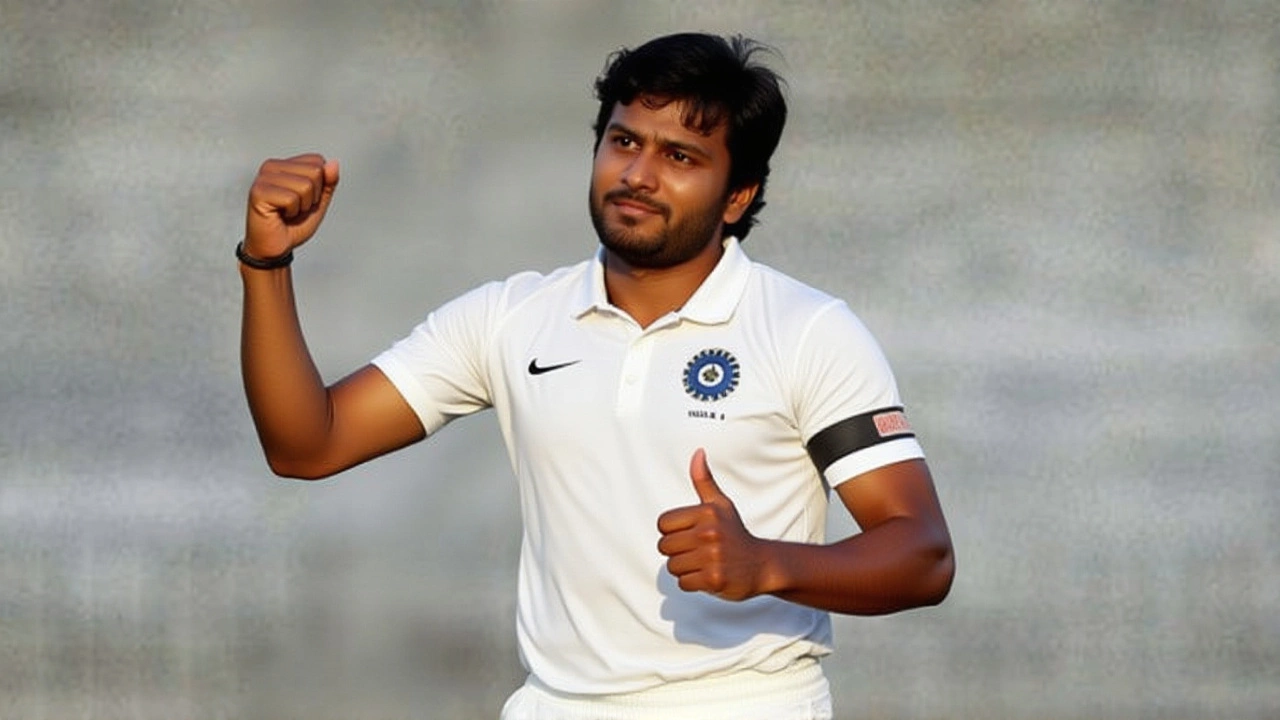Ranji Trophy – India’s Domestic Cricket Powerhouse
When talking about Ranji Trophy, India’s premier first‑class cricket championship that pits regional teams against each other, you’re looking at the backbone of Indian cricket. It’s managed by the Board of Control for Cricket in India (BCCI), the governing body that sets schedules, rules, and funding for domestic competitions. The contests involve state teams, representative squads from each Indian state and union territory such as Mumbai, Karnataka, and Tamil Nadu, each battling for the coveted trophy.
Ranji Trophy encompasses a season of multi‑day matches that are officially classified as first‑class cricket, the highest standard of domestic cricket, where each side plays two innings over four days. This format tests technique, stamina, and mental strength, making it the ideal proving ground for future international stars. In fact, BCCI uses the tournament’s statistics to decide player selection, choosing promising talent for national duties and the Indian Premier League (IPL). That’s why a strong Ranji performance can fast‑track a cricketer into the IPL spotlight, just as fans recently speculated when Dhoni was seen in a Mumbai Indians jersey, sparking fresh IPL rumors.
Beyond the on‑field drama, the Ranji Trophy drives a massive ecosystem of stadiums, historic grounds that host matches across the country, from iconic Eden Gardens to modest regional venues. Local businesses, media houses, and cricket statisticians gather around these matches, creating a ripple effect that fuels regional economies and keeps fans engaged year‑round. The tournament also fuels grassroots programs; state cricket associations invest a slice of their Ranji earnings into coaching clinics, ensuring the next generation gets proper training.
When you look at the tournament’s structure, you’ll notice two main groups: the Elite and the Plate divisions. The Elite tier houses stronger regional powerhouses, teams with a history of winning titles like Mumbai and Karnataka, while the Plate division gives emerging states a chance to climb the ladder. Promotion and relegation between these groups keep the competition fierce, as every match can swing a team’s fate for the next season.
Fans often compare Ranji’s influence to that of the IPL, but the two serve different purposes. Ranji builds technical foundations through long‑format play, whereas IPL showcases flair in a shortened, high‑octane setting. The synergy between them is undeniable: IPL franchises scout Ranji statistics daily, looking for batters with solid averages and bowlers with consistent strike rates. This pipeline explains why a player’s Ranji season can directly affect his auction price, creating a market where domestic performance is real currency.
Another layer of relevance is the role of cricket analysts, experts who break down match data, player form, and team strategies for audiences. Their insights often appear in sports columns and TV shows, turning Ranji matches into a learning experience for casual fans. By following these analyses, readers can understand why a particular bowler’s line length matters or how a batting partnership can change a game’s momentum.
In recent years, technology has seeped into Ranji coverage. Video streaming platforms now broadcast select games, while digital scorecards provide real‑time updates. This accessibility lets fans from Delhi to Kochi follow the same match simultaneously, fostering a national conversation that once belonged only to the IPL’s social media buzz.
To sum up, the Ranji Trophy is more than a trophy; it’s a crucible where talent, tradition, and technology meet. It shapes the future of Indian cricket, feeds the IPL talent pool, supports local economies, and offers fans a deep dive into the sport’s strategic side. Below you’ll find a curated list of articles that explore everything from player stories and match highlights to behind‑the‑scenes looks at how the BCCI runs the tournament.
Ready to dive into the details? Browse the collection below to see how Ranji’s legacy continues to impact Indian cricket today.
